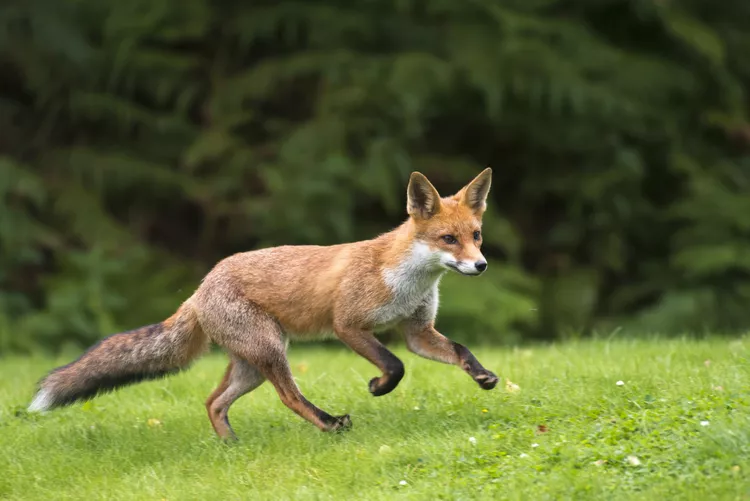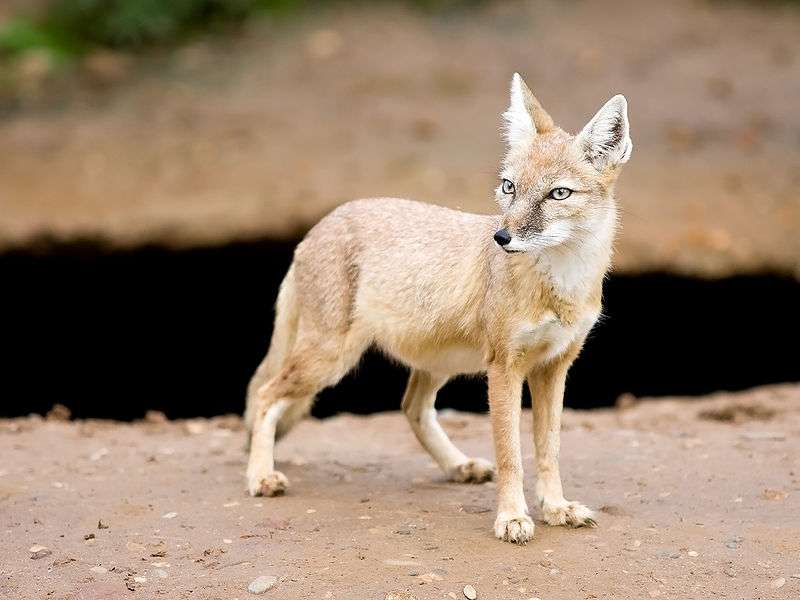
Description
Scientific name: Vulpes vulpes
Life span: Up to 14 years in captivity
The Russian red fox is a medium-sized fox that has small but sharp canines. They are carnivorous in nature and have a body weight of about 4- 8.5 kg. They have dense and bushy fur on their body that helps them to insulate their body. They have round and bushy tails and long muzzles. Their head contains large pointy ears that make them more sensitive to catching sounds in their surroundings. They have vertical slits of pupils in their eyes. The sharp canines and powerful muzzle help them in grasping and attacking prey. The limbs are small in length but have sharp claws. Their body secretes a pungent smell that makes them territorial. They exhibit sexual dimorphism according to which males are more dominant and larger in size as compared to females.
Native Region/Habitat
The Russian red fox is native to Paris, London, and Stockholm. They inhibit shrubs, wooden areas, tundra, forests, and deserts.
As Pet

Behavior/Temperament
Russian red foxes have been kept in captivity via selective breeding to emphasize genetic traits that set them apart from wild foxes. Because their levels of adrenaline hormone are lower in captivity, they are less restless and seldom hostile toward people or likely to bite. The majority of domesticated foxes are amiable, and some of them may even lick, whimper, and wag their tails when they are excited.
They are active, agile, and full of life. They are excellent swimmers, enjoy digging and therefore can climb over 6 feet in height. They have a running speed of up to 30 mph. These sophisticated critters require a lot of playing and environmental stimulation to stay strong and safe. A disgruntled and perhaps dangerous fox will start digging holes and gnawing on home items if it is boring. Additionally, boredom might boost the desire to urine-scent-mark your home and yard. This is normal territorial behavior, but if your fox is neglected for a long time, it will become more obvious.
Care/Grooming
A spacious enclosure provides a pet fox with enough space to live. To stop your pet from digging its way out of the enclosure and predators from entering, the cage must be protected with a hidden fence. To keep them as jumping animals, the barrier needs to be at least 7 feet tall. As protection against the elements, a roof must be there. A shelter or indoor space with straw, bedding, or wooden chips should be included in the outside enclosure so that your fox may take a nap there as well.
Table





